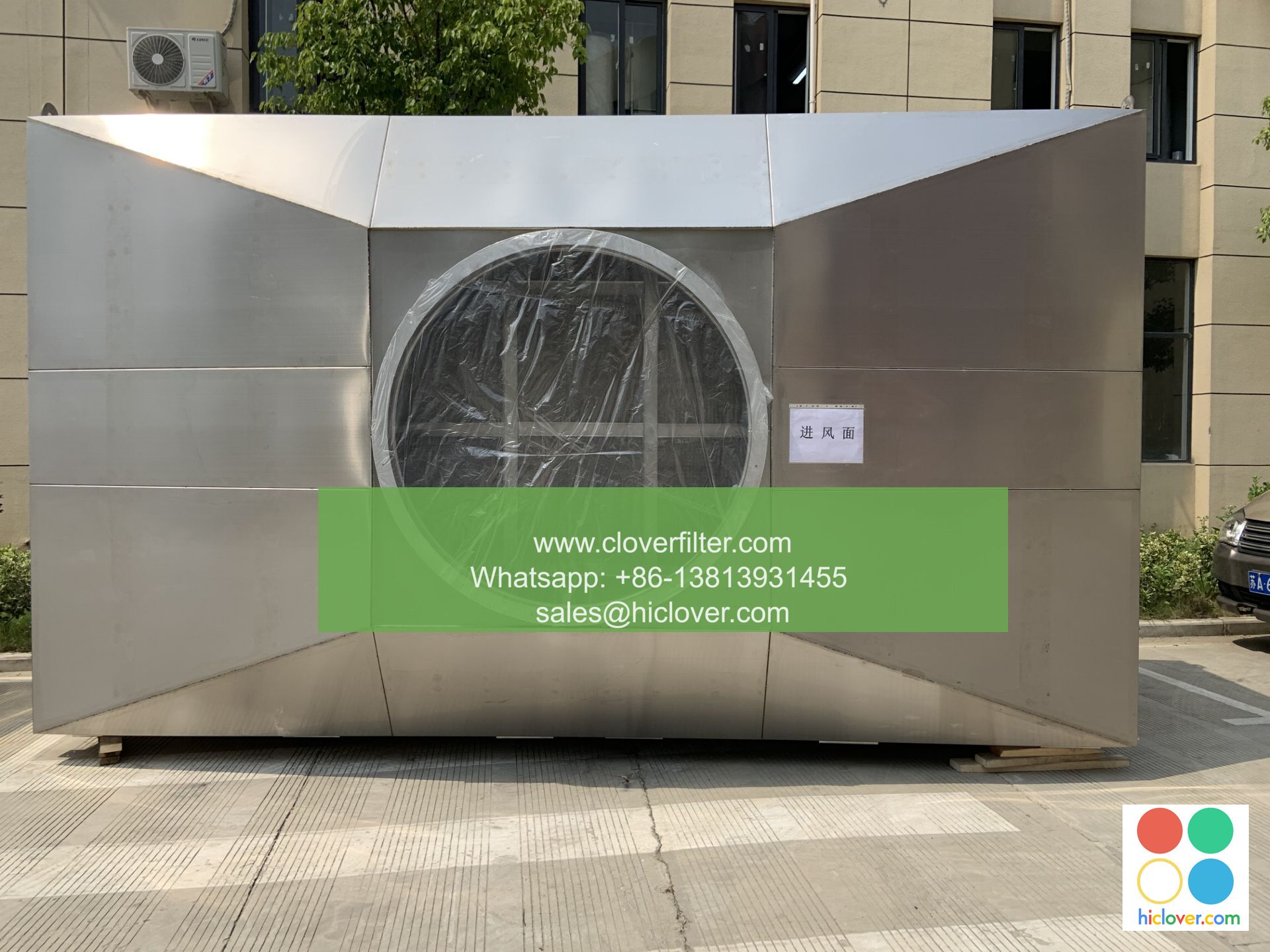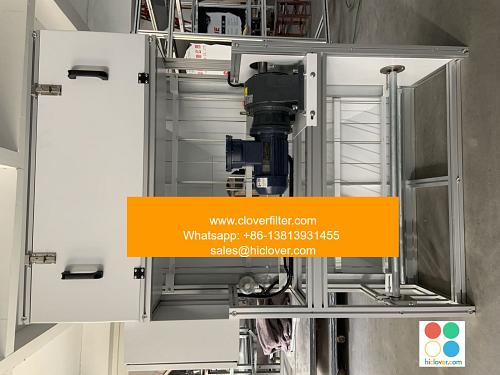Air Filter Assemblies for Emergency Services and Disaster Response

Air filter assemblies play a crucial role in emergency services and disaster response, providing clean air for rescue workers, patients, and equipment in hazardous environments. These specialized filters are designed to capture airborne contaminants, including particulate matter, gases, and vapors, ensuring the health and safety of individuals involved in emergency operations.
Applications in Emergency Services
Air filter assemblies are used in various emergency services, including:
* Firefighting and Rescue Operations: filters are used to protect firefighters from inhalation of toxic fumes and particulate matter, such as smoke, soot, and ash.
* Emergency Medical Services (EMS): air filters are used in ambulances and medical tents to provide clean air for patients and medical personnel, reducing the risk of airborne infections and contaminants.
* Search and Rescue (SAR) Operations: filters are used to protect SAR teams from hazardous airborne substances, such as mold, asbestos, and chemicals, during rescue operations in collapsed buildings or contaminated environments.
Disaster Response and Recovery
Air filter assemblies are essential in disaster response and recovery efforts, including:
* Natural Disaster Response: filters are used to protect responders and survivors from airborne contaminants, such as mold, bacteria, and viruses, in flooded or damaged buildings.
* Chemical and Biological Agent Response: specialized filters are used to capture chemical and biological agents, such as CBRN (Chemical, Biological, Radiological, and Nuclear) threats, during disaster response and recovery operations.
* Indoor Air Quality (IAQ) Restoration: air filter assemblies are used to restore indoor air quality in damaged or contaminated buildings, ensuring a safe environment for occupants and responders.
Key Features and Benefits
Air filter assemblies for emergency services and disaster response offer several key features and benefits, including:
* High-Efficiency Particulate Air (HEPA) Filtration: capturing 99.97% of particles as small as 0.3 microns, including particulate matter, bacteria, and viruses.
* Activated Carbon Filtration: capturing gases, vapors, and chemicals, including Volatile Organic Compounds (VOCs) and Chemical Warfare Agents (CWAs).
* Compact and Portable Design: allowing for easy deployment and use in emergency situations.
* Low Maintenance and Replacement Costs: reducing the overall cost of ownership and operation.
Conclusion
Air filter assemblies play a critical role in emergency services and disaster response, providing clean air for responders, patients, and equipment in hazardous environments. By understanding the various application areas and key features of these specialized filters, emergency responders and organizations can better prepare for and respond to emergency situations, ensuring the health and safety of individuals involved. It seems like you didn’t include a question or topic for discussion in your prompt. Could you please provide more details or clarify what you would like to talk about?

